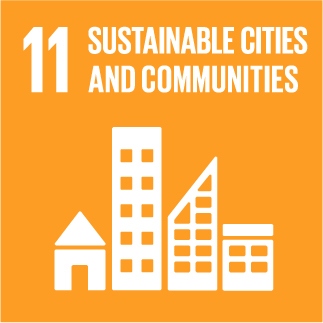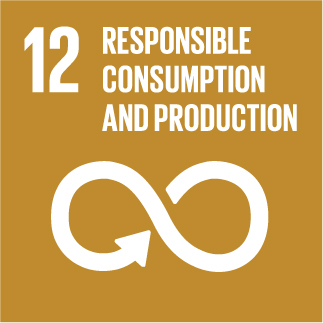URBANREC
Environmental sustainability assessment of seawater reverse osmosis brine valorization by means of electrodialysis with bipolar membranes
The integration of electrodialysis with bipolar membranes (EDBM) with seawater reverse osmosis (SWRO) process influences the two main environmental burdens of SWRO desalination process: climate change, accounted here as carbon footprint (CF) and associated to the high-energy consumption, and the environmental alteration of the vicinities of the facility, due to brine disposal. EDBM powered by photovoltaic (PV) solar energy is able to meet the above-mentioned challenges that arise in SWRO desalination. In addition, HCl and NaOH, both employed in the desalination industry, can be produced from the brines. Hence, environmental benefits regarding the potential self-supply can be achieved. The environmental sustainability assessment by means of life cycle assessment (LCA) of a SWRO and EDBM has been carried out considering four different scenarios. The percentage of treated brines and the influence of the grid mix used for electric power supply has been taken into account. The three different electric power supplies were 100.0% renewable energy (PV solar energy), 36.0% renewable energy (average Spanish grid mix), and 1.9% (average Israeli grid mix). The results showed that the CF per unit of volume produced freshwater for SWRO and the self-supply reagent production scenario for the three Spanish grid mix, the Israeli grid mix, and the PV solar energy were 6.96 kg CO2-eq·m?3, 12.57 kg CO2-eq·m?3, and 2.17 kg CO2-eq·m?3, respectively.

» Publication Date: 27/03/2019
» More Information

This project has received funding from the European Union's Horizon 2020 research and innovation program under grant agreement Nº 690103




URBANREC Guidelines by URBANREC Consortium is licensed under a Creative Commons Reconocimiento-NonComercial-NoDerivatives 4.0 Internacional License.
Puede hallar permisos más allá de los concedidos con esta licencia en www.aimplas.net
